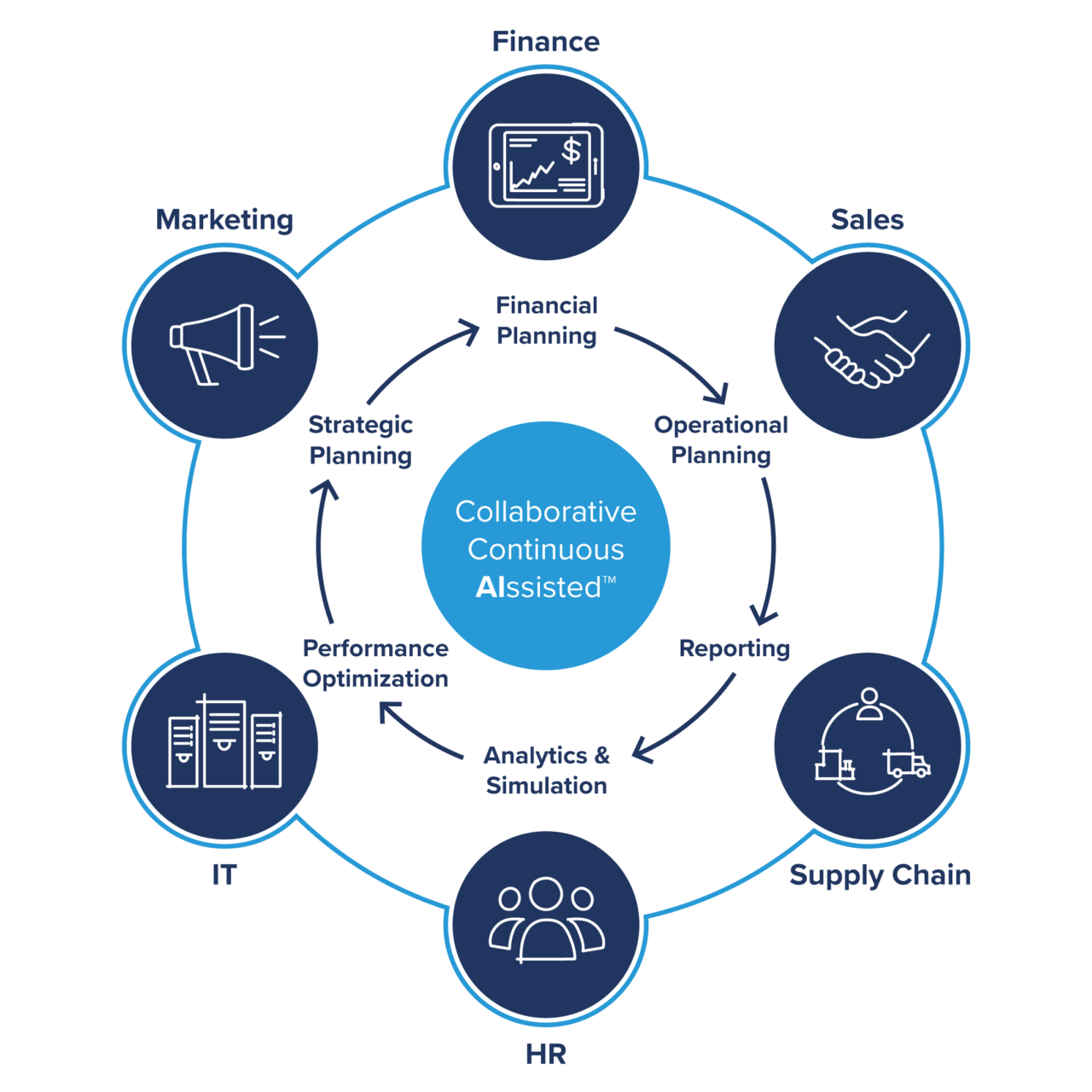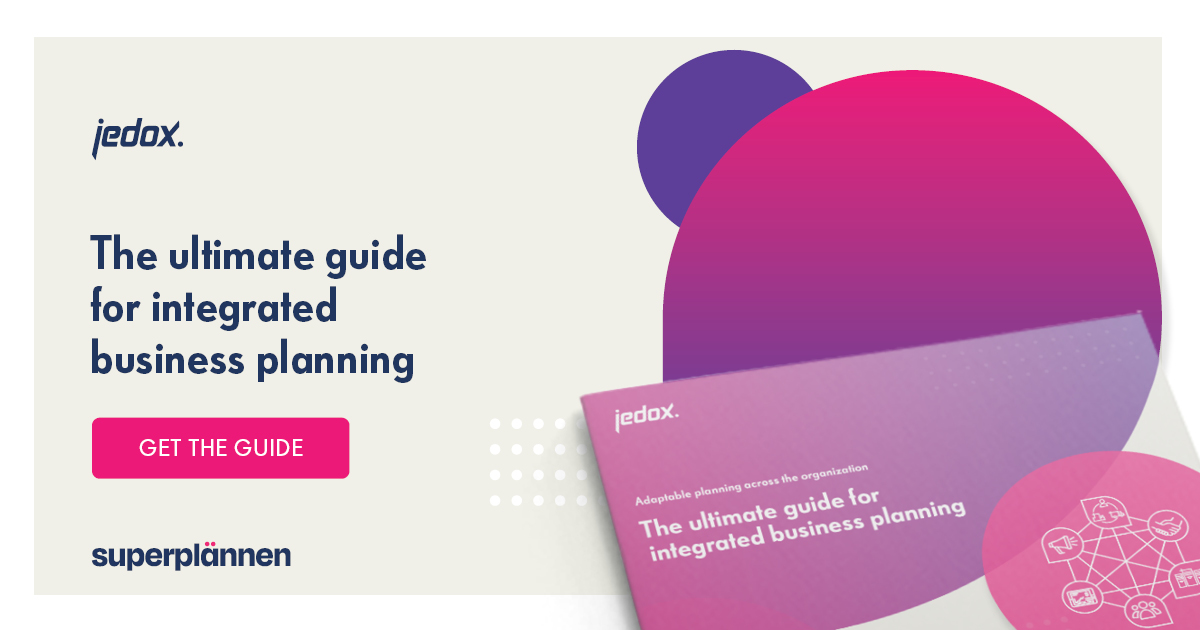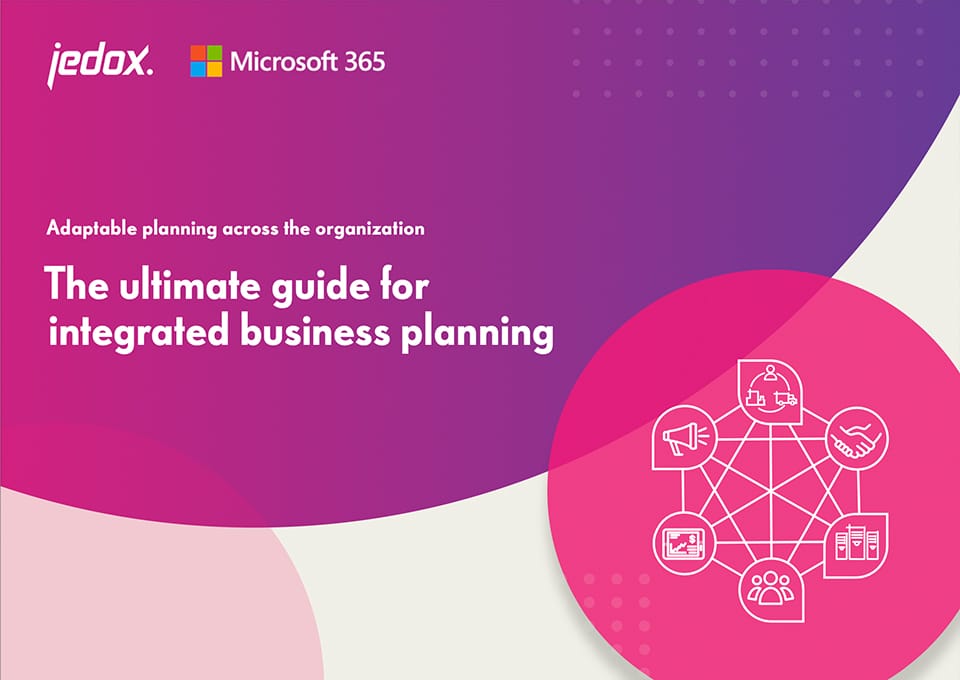
What is xP&A?
Financial Planning & Analysis (FP&A) provides organizations with vital planning, budgeting, and forecasting abilities so important strategy decisions can be made. In this blog post, we want to explore some FP&A related questions. First and foremost: What is xP&A (Extended Planning and Analysis)? Has FP&A changed in the Digital Age? Is it possible to expand FP&A outside of finance? How are advancements in technology supporting the expanded, more strategic role of finance?
Companies of all sizes traditionally use Financial Planning and Analysis (FP&A) for their planning, budgeting, and forecasting. A unified, comprehensive finance strategy makes it easier to make strategic, enterprise-wide decisions and keep an eye on the performance of all departments.
What is xP&A?
The “x” in xP&A is not an unknown, but stands for X-tended planning capabilities, which offers a large, mostly untapped potential for organizations of all sizes and industries. Sales, procurement, HR, marketing, and many other areas where data is generated that all too often lies idle can also benefit from improved data-supported insights to drive better decisions.

How to make use of all that data
Careful planning and analysis form the foundation for a successful organization. In a fast-changing world where data is generated at every turn, it is crucial that organizations understand how to derive the most knowledge (value) they can from their data to ensure long-term success. This can be as simple as a monthly sales report to know how much product your business sold in the previous month, or more complex, such as a 12-month forecast to guide allocations in the budget for the next fiscal year. Furthermore, planners need to connect data points to shape the future. Head count predictions, revenue projections, and supply chain cost fluctuations all critically inform planning, yet these values are typically managed in isolated point solutions.
Modern analysis tools such as ERPs (Enterprise Resource Planning) and CRM (Customer Relationship Management) systems generate data – as well as all sorts of other platforms and applications used by your organization’s marketing team or purchasing department, for example. This includes data with and without a direct connection to finance. The benefits are not always apparent at first glance. The volume of data is simply too large and therefore very difficult to manage without utilizing advancements in technology. As a result, new job titles and terminology have emerged in recent years such as “Data Scientist” and “Big Data.”
Without a unified planning process in place, efficiencies, visibility, and, ultimately, the ability to drive well-informed decisions suffer. Many organizations believe that to capitalize on all the available data, they must hire a team of data scientists to make sense of it. But with new technologies available today, it is possible to generate added value from your data without needing to hire an entire team of specialists.
From FP&A to xP&A
As mentioned before, Financial Planning & Analysis (FP&A) is a pillar in the foundation of finance. Although many finance experts and teams still rely on spreadsheets as their key planning tool, modern platform solutions are increasingly used to help organizations automate, integrate and transform their planning and reporting processes.
New possibilities through larger data volumes and automated processing also allow more precise planning, control and adjustment of more than just the finance side of the business. The tools that are used for this are not strictly limited to one single type of data, which allows you to use them to improve insights for other business functions. This is where FP&A makes the leap to xP&A.
Benefits of xP&A
- Data from any system in one place: Account for dynamics and forces across your organization, no matter how complex
- Simplify data integration: Standardized processes with seamless data integration instead of manual extraction and combining dozens of spreadsheets
- Continuous planning: Increased collaboration and improved performance across the organization
A 360° view of performance
With xP&A, all departments can benefit from modern financial planning and analysis. With all the relevant data up to date in a single, consistent database everyone has an overview at their fingertips: continuous, company-wide plans that are more comprehensive, agile, and reliable. This supports better long-term performance as well as increases transparency and accuracy across the organization.
With such a unified, solid data foundation, planning is then able to become a shared and unified endeavor. No longer just involving the finance department: planning for everyone with a 360° view. xP&A brings together financial data and non-financial data from multiple sources, and typically includes the business and operations teams that sit outside of finance. This supports a holistic, continuous performance management approach that allows you to see the big picture more clearly.
xP&A as a Finance Transformation Model
Planning and analysis based on a unified data source leads to a better understanding of how different business functions interrelate and influence each other. Decisions must be made quickly and based on accurate data. Companies need to align all business activities to respond to a dynamic marketplace, an ever-changing economy, and fierce competition. This makes it all the more important that technology solutions for xP&A focus on hyper-automation across the board, enabling your organization to seamlessly merge data sources, automate your reporting, and easily get a complete view of performance. This requires a unified solution for people, planning, processes, and data.
How to move from FP&A to xP&A: Link Financial and Operational data to extend your Planning and Analysis
Bringing information together in a platform environment is essential to accurate planning. A cohesive set of information creates visibility, the ability to use predictive tools on consolidated data, and, ultimately, a decisive planning environment. With a unified solution for financial and operational data across the enterprise, you break down data silos and ensure that all important data is always centrally available and up to date. This allows you to underpin planning and analysis with operational drivers and integrate operational sub-plans into overall planning.
Jedox retrieves data automatically or via workflow and integrates it into a consistent database. Data from Salesforce, SAP, Dynamics 365, Qlik, and other tools are also seamlessly integrated into Jedox. Web services such as Google Analytics can be quickly connected. Thanks to the Jedox open platform architecture, the solution can be used not only by Finance but also by HR, Sales and Operation Planning (S&OP), and Sales. This gives finance a much more detailed picture of the organization’s performance and enables proactive enterprise performance management.
Saying goodbye to data silos and isolated applications paves the way to integrated business planning in your company. Inconsistent planning and standardized forecasting and the associated lack of transparency are finally a thing of the past! The advantages: Business stakeholders gain a comprehensive picture of the organization’s outlook, promoting confident decisions and better business outcomes.





